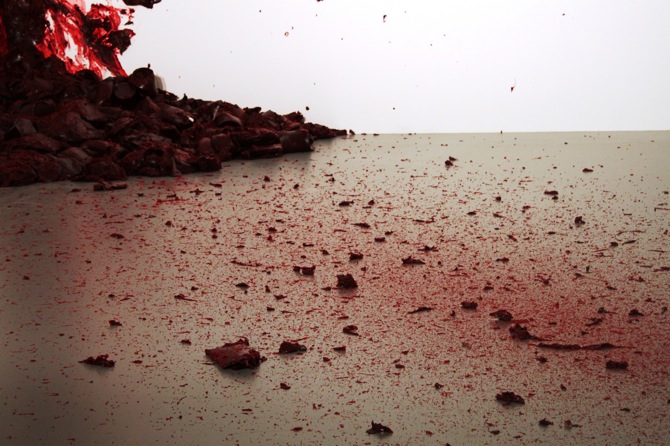
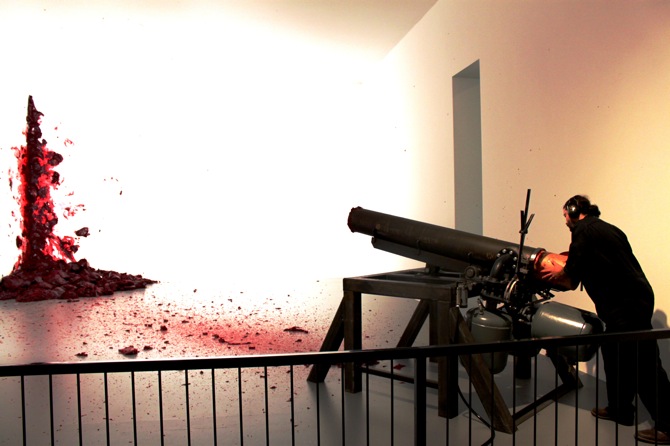
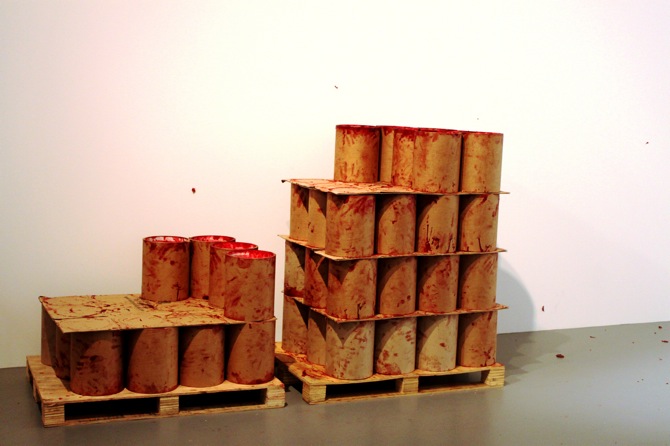
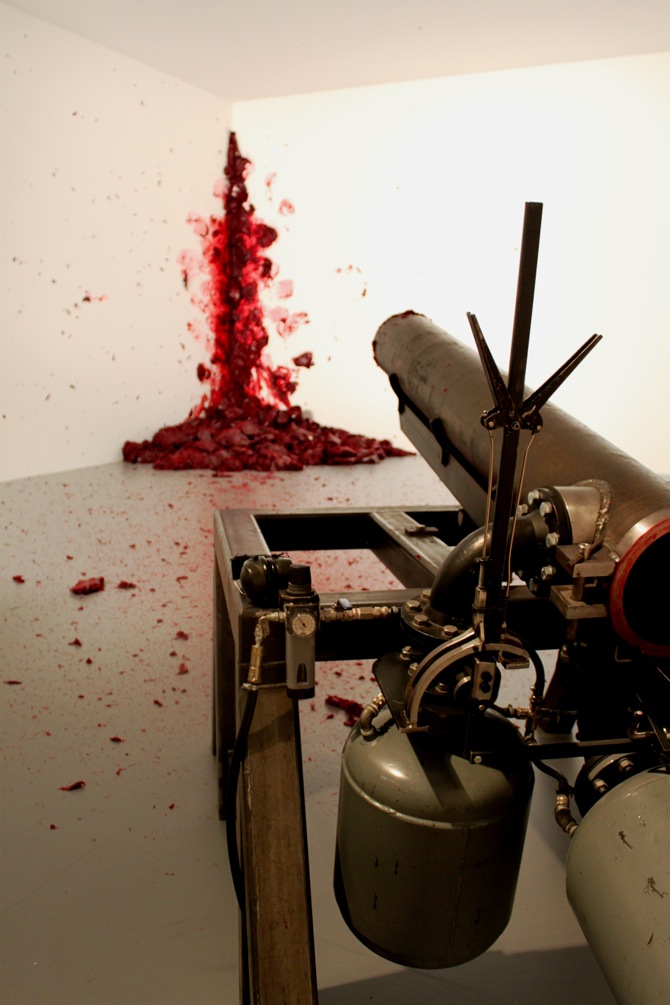
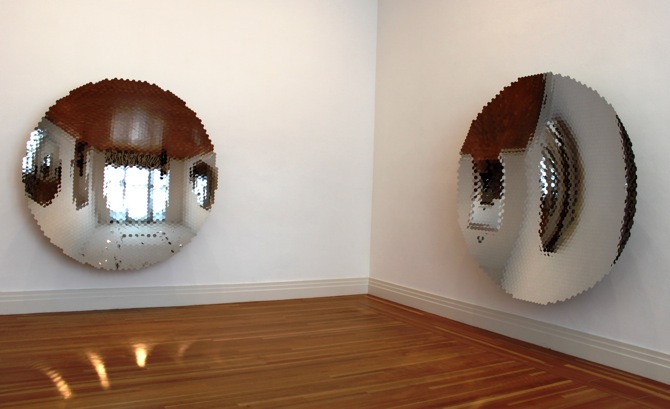
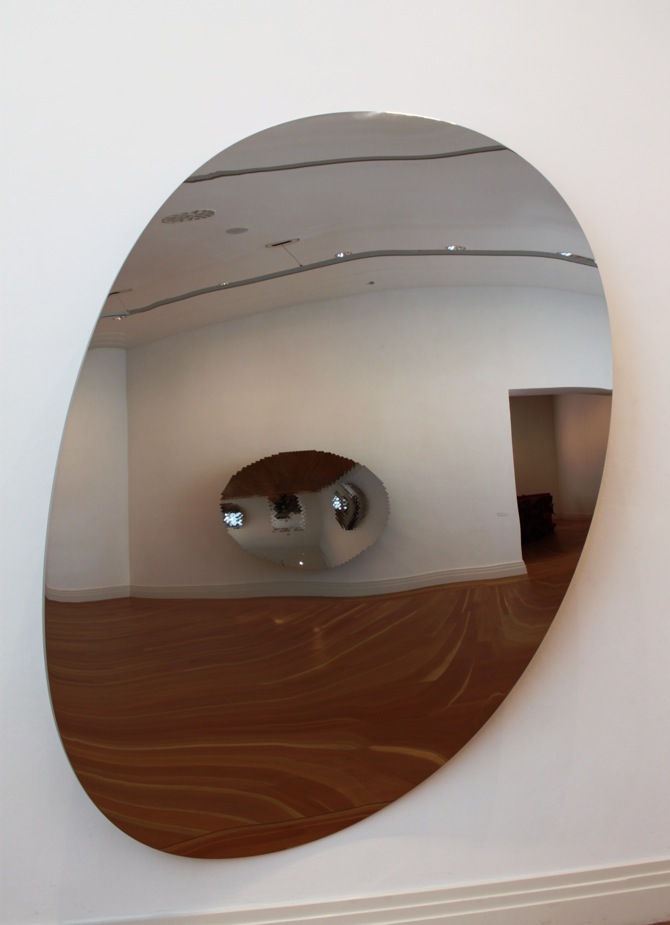
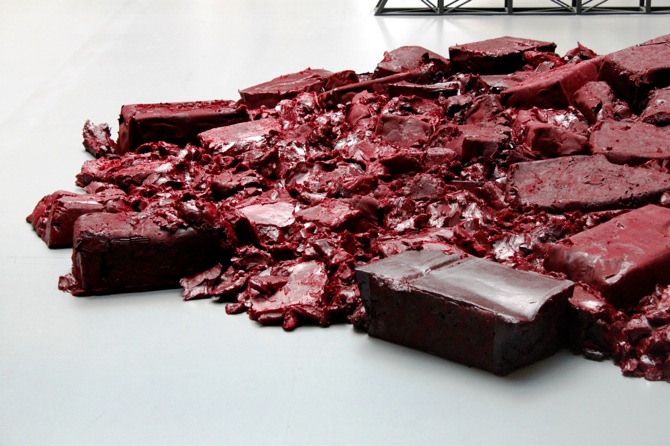
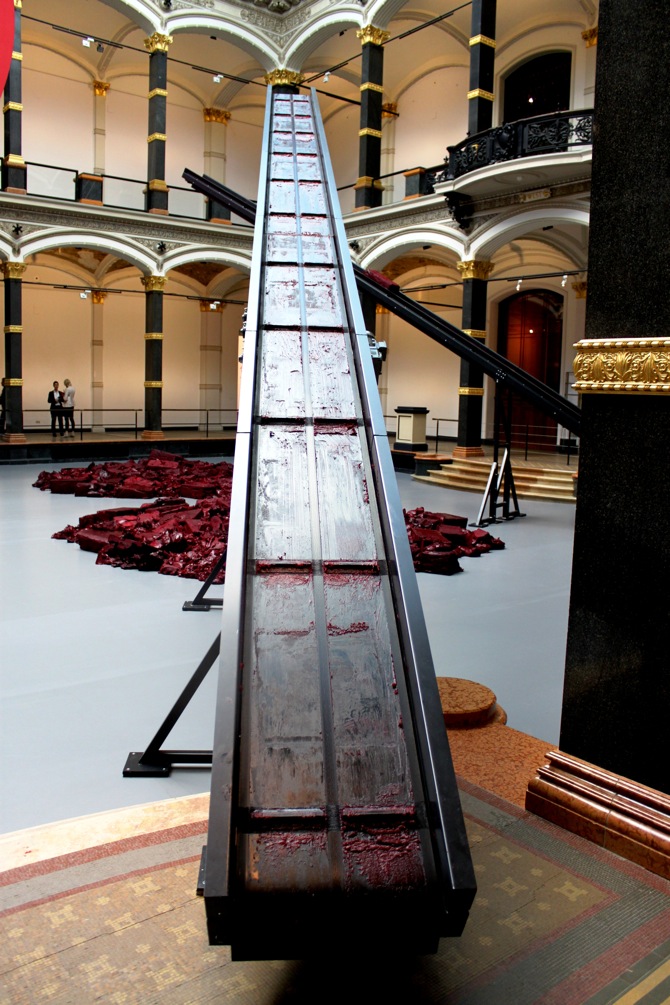
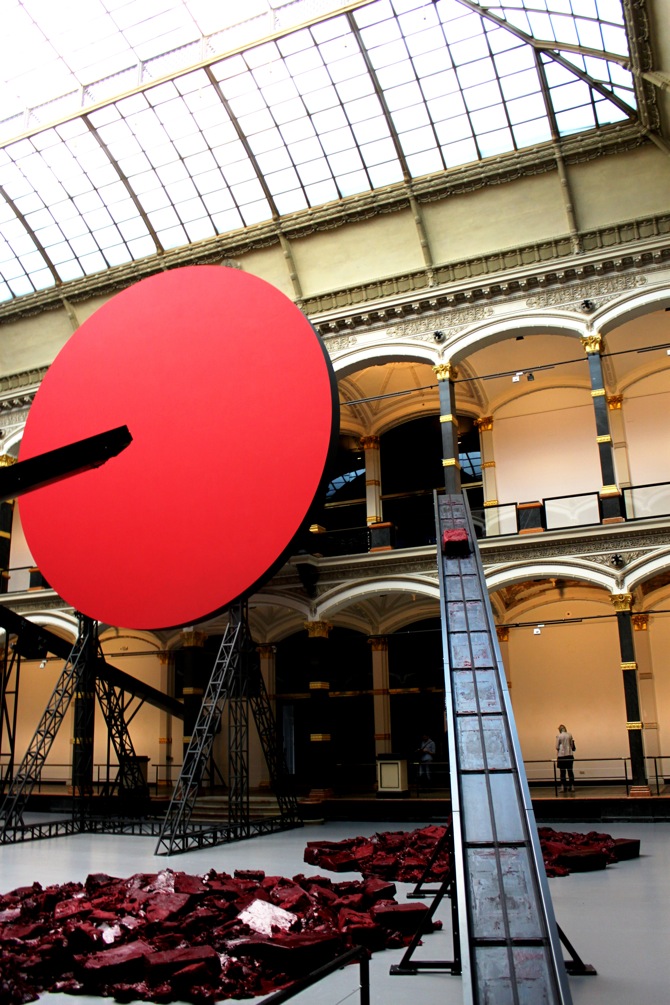
all images by Anneli Bootz / artfridge, courtesy Martin-Gropius-Bau and Anish Kapoor
Anish Kapoor’s first large solo show in Germany “Kapoor in Berlin” was one of
the most highly anticipated openings so far this year. Displayed in the
soaring glass house of Martin-Gropius-Bau, which is a visual treasure itself with its intricate mosaic and the renaissance-styled architecture, the setting seems to be ideal for the enormous works of the celebrated Indian sculptor.
Kapoor’s work “Symphony for a Beloved Sun” comprises the entire spacious atrium of the building. The installation’s centre piece is a monumental red
circle, surrounded by conveyer bands that transport chunks of red wax
upwards and automatically guide the gaze up into the beauty of the
vitreous ceiling. And then you wait. You wait for the red wax to fall
all the way down onto the floor; you wait for the moment when the
somewhat soft appealing material makes a smacking noise while hitting
one of the various red islands that mark the process of the already
plunged pieces. Most compelling are two impressions: a sincere aesthetic
but also an ominous atmosphere. Designed especially for the art space
in Berlin, “Symphony for a Beloved Sun” is both, a combination of a
sculptural work and theatrical scenery but also a manifesto of
historical reference. As a tribute to former exhibitions it brings to
mind Joseph Beuy’s work “Lehmlinge” designed for the “Zeitgeist”
exhibition at the same atrium after the Second World War, where Beuys
amassed a six metre high pile of Berlin clay to remind of the city’s
post-war era. Playing into a direct symbiosis of historical reference,
movement, architecture, colour, sound and silence, Kapoor manages to
create a work of multiple influences.
His work invites to project and reflect; to use one’s own wealth of experience and fantasy to make sense of the dualistic approach of colour and form. Not only touches his work the spectator’s attention on various emotional and intellectual levels, but it also leads to a new definition of the overall conception of sculpting. After all, this is what Kapoor is: a sculptor. He carves out, he moulds, he engraves. He creates three-dimensional objects that change their surrounding, that mark the viewer. Opposed to the classical definition of sculpturing, the symbiotic use of colour and form is a central feature in Kapoor’s work. Although this large exhibition assembles various aspects and materials of Kapoor’s oeuvre, from his famous “The Death of Leviathan”, originally designed for the Grand Palais in Paris, to the stainless steel group of “Non-Objects” or the cemented “Stick Men”, the colour of dark red is still one of the most prominent features. Here the association to blood seems most apparent, visualising one of the uttermost primary elements we have in life. At the same time being incorporated into a thick material, that is, a mixture of wax and oil, Kapoor avoids narrowing it down to just these elements but rather opens up a whole dimension of possible forms, shapes and connotations.
“Shooting into the Corner”, an installation originally made in 2008/2009, shows the play of the red wax, movement and engagement of the spectator from yet another angle. Every twenty minutes a man fills a big cartridge into a cannon which is pointed towards a corner of the room that is covered in red splashes of coloured wax. And again you wait. With big headphones covering the ears you await the moment for the cannon to shoot, to break through the silence, to satisfy the desire for something to happen. The bang is loud and makes the body cringe for a second. Almost unnoticeable, another piece of wax has been added to the red massacre. Then it is silent again, the cannonier quietly leaves the room. But something has been shifted; in the room, in the perception, in the overall understanding of time and space.
“Kapoor in Berlin”, it seems, is a journey through the manifold levels of the artist’s mind. He is a master of playing with the tension of excitement and astonishment, employing the aesthetics of the sublime and silence at the same time. In this show Anish Kapoor has managed to actually bring his sculptures into being; and the being of the visitor into the sculpture
Anish Kapoor - Kapoor in Berlin
18.05.- 24.11.2013
Martin-Gropius-Bau
Niederkirchnerstraße 7 / Ecke Stresemannstr. 110
10963 Berlin
Opening Hours: Wed-Mo, 10-19h / Tue Closed
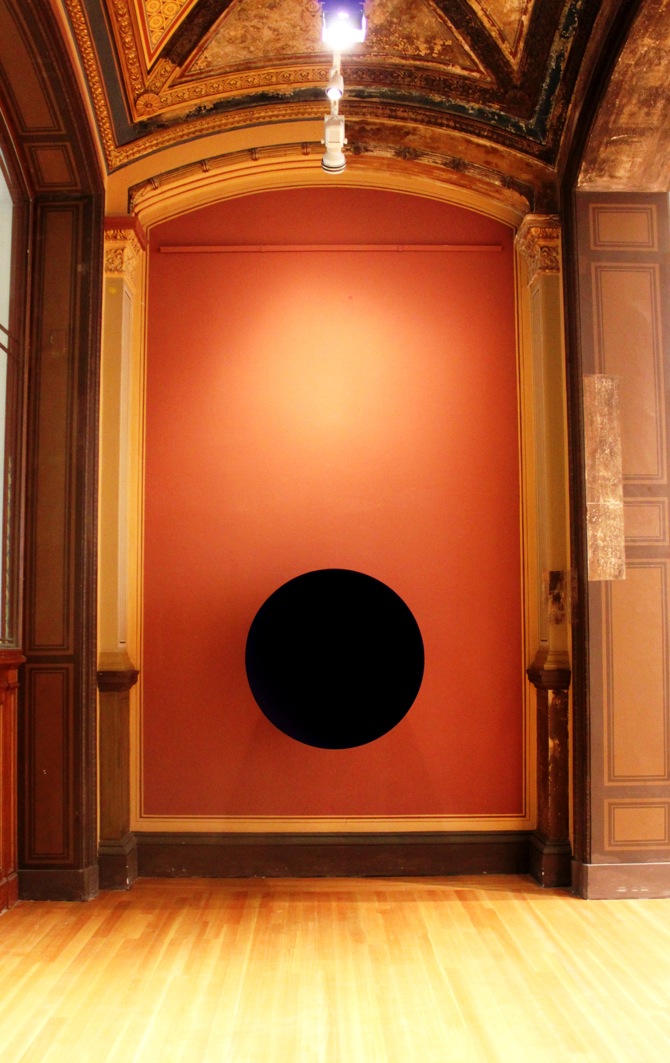
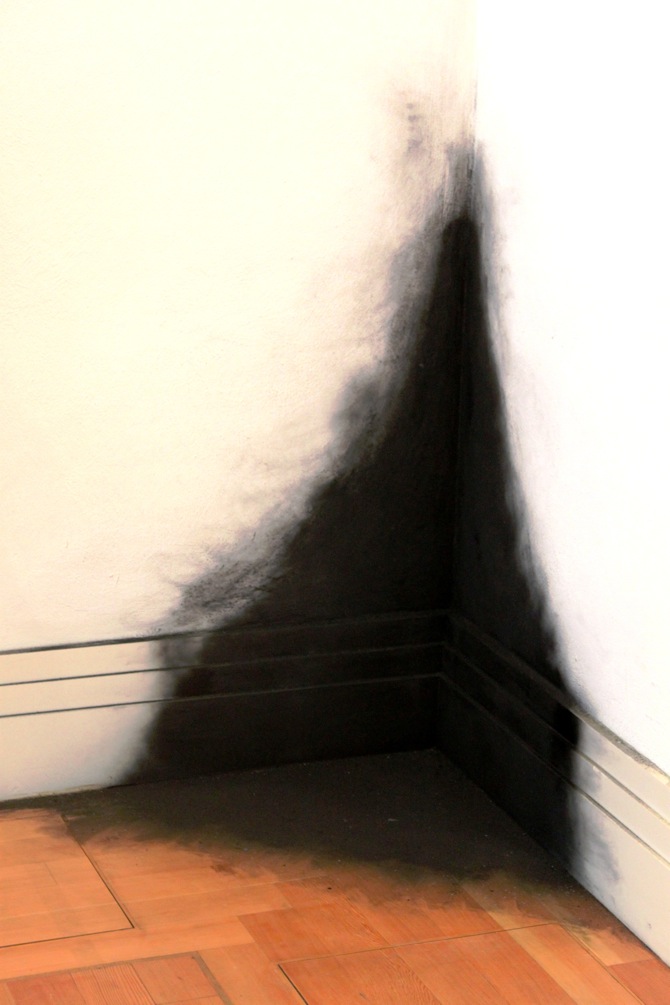
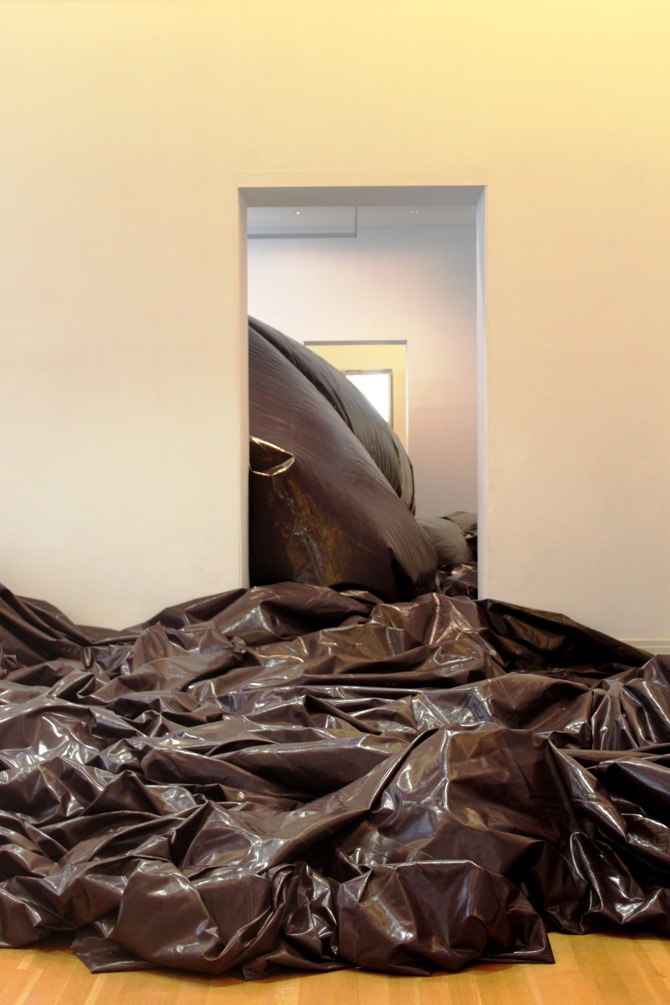
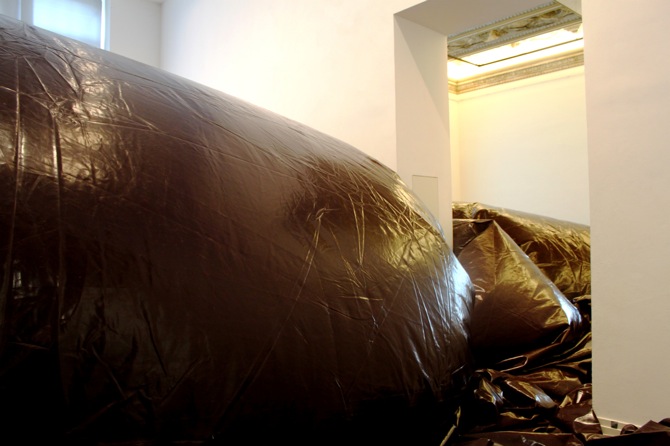

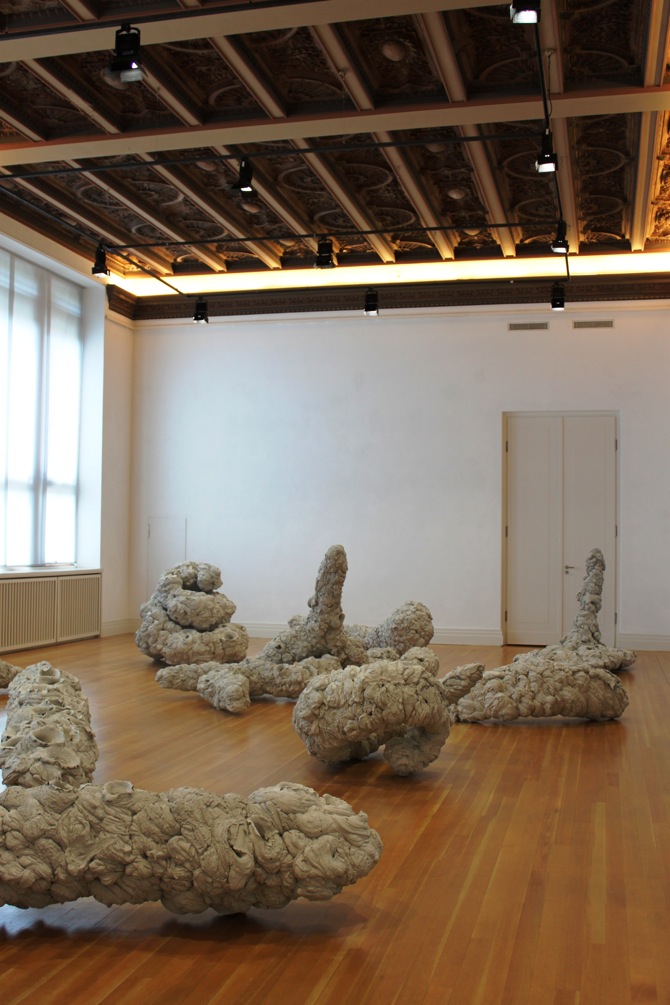
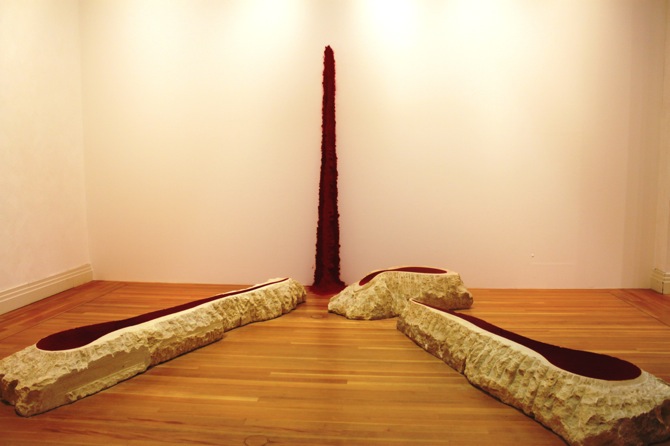
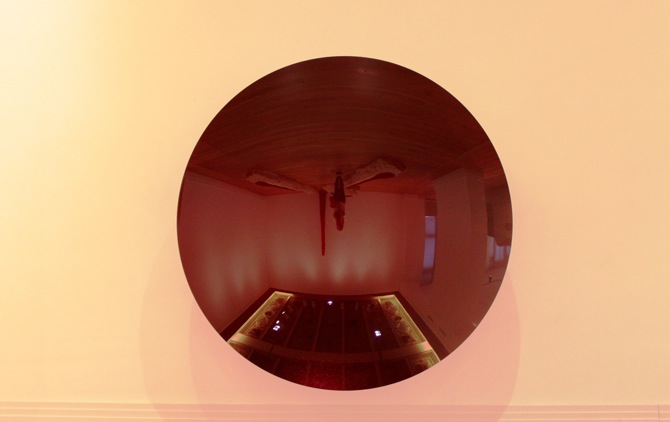
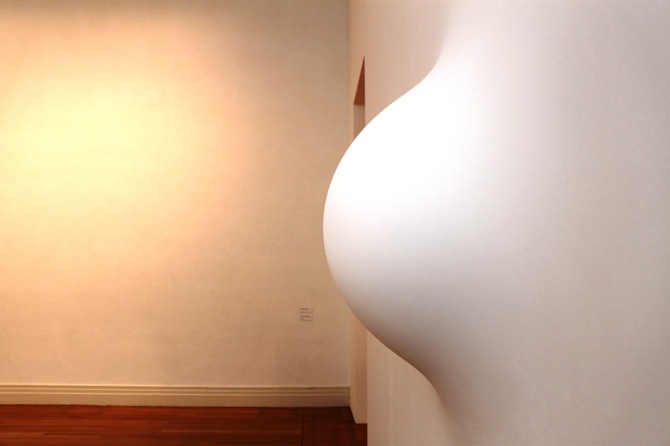
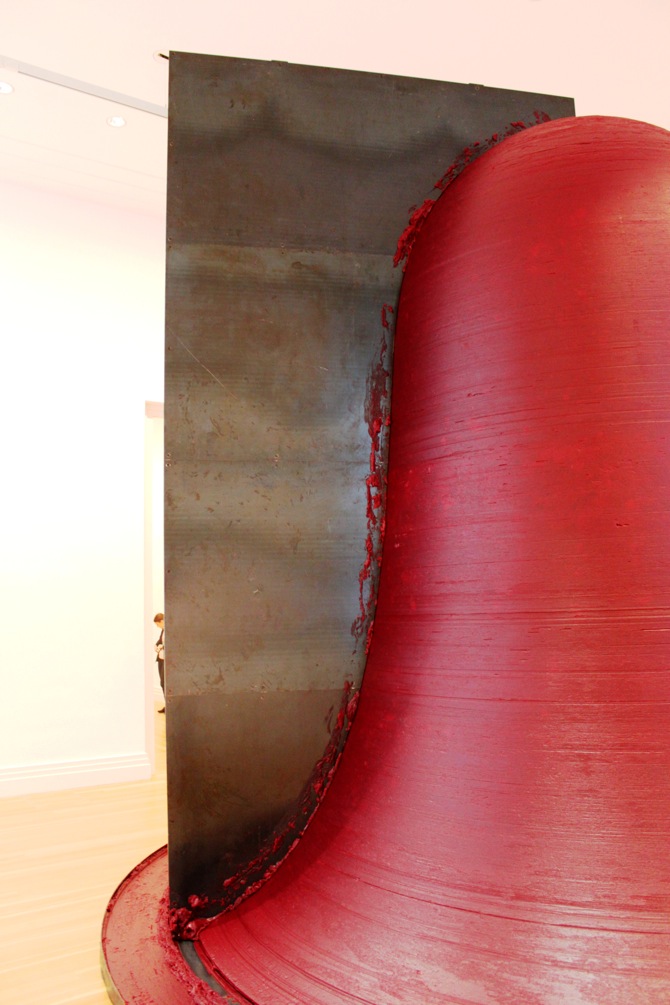
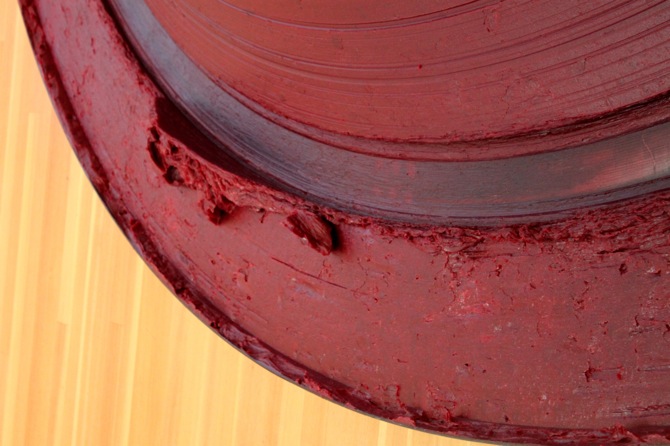
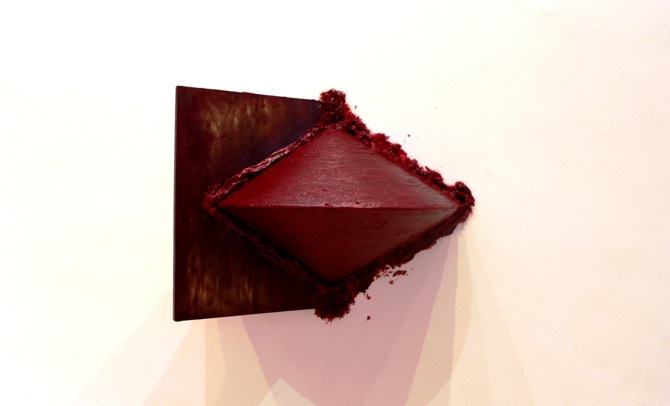
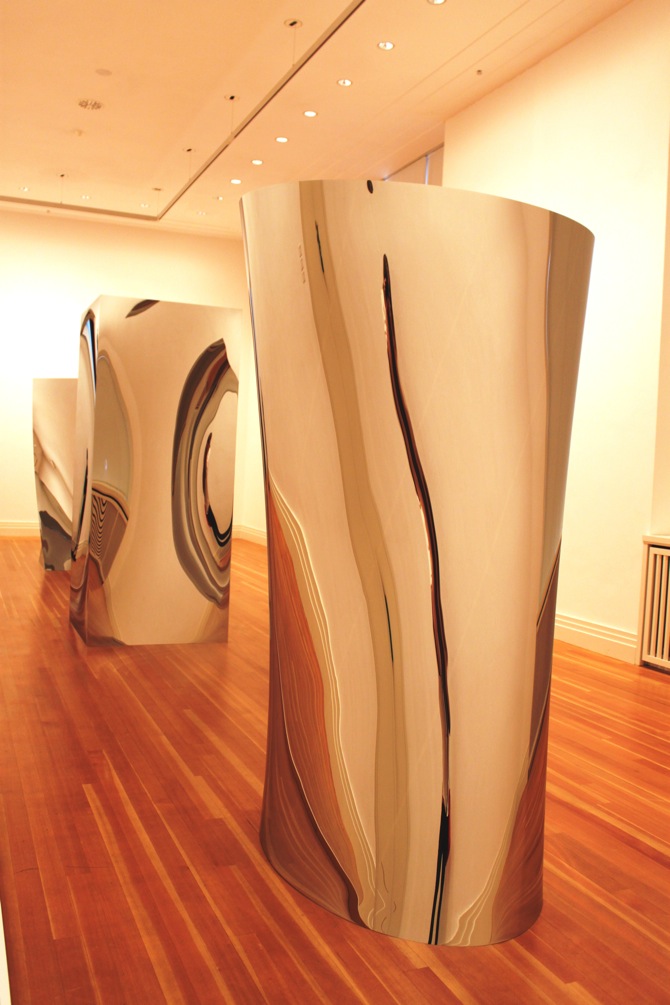
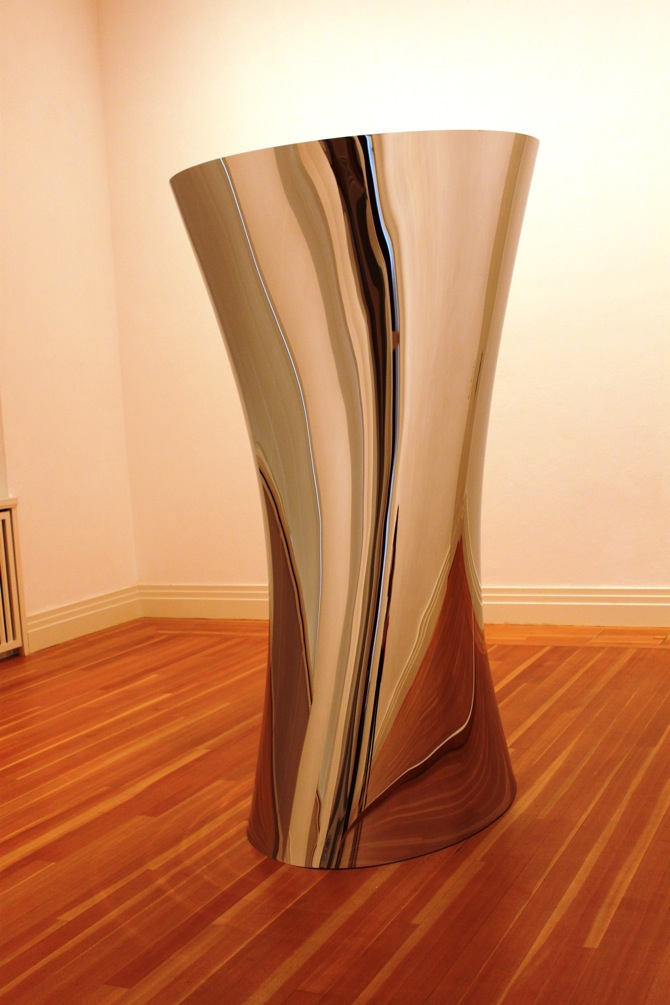
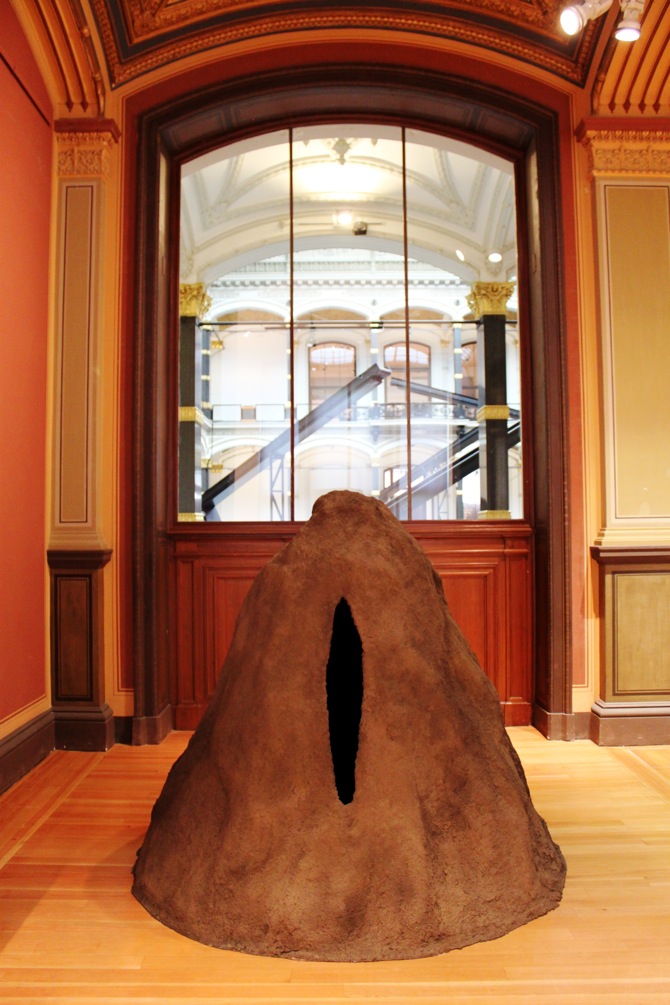
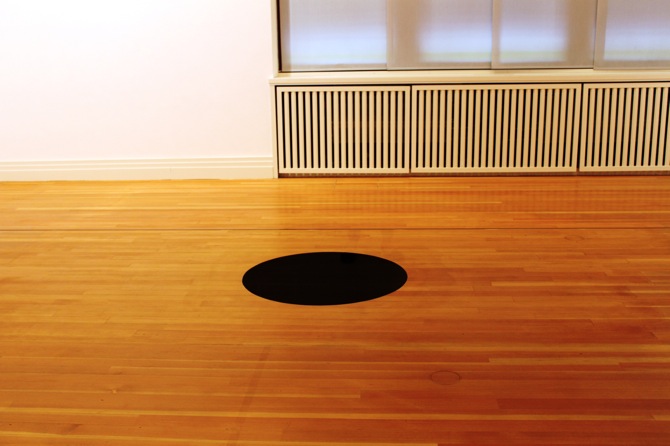
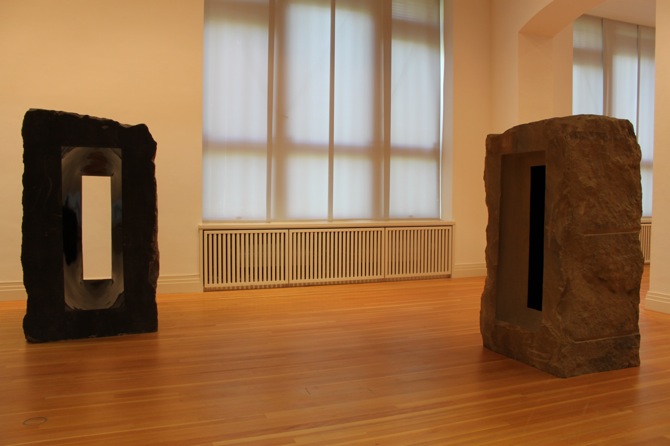
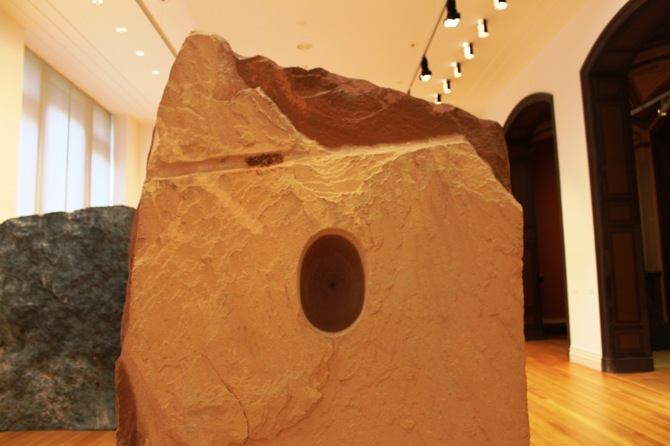
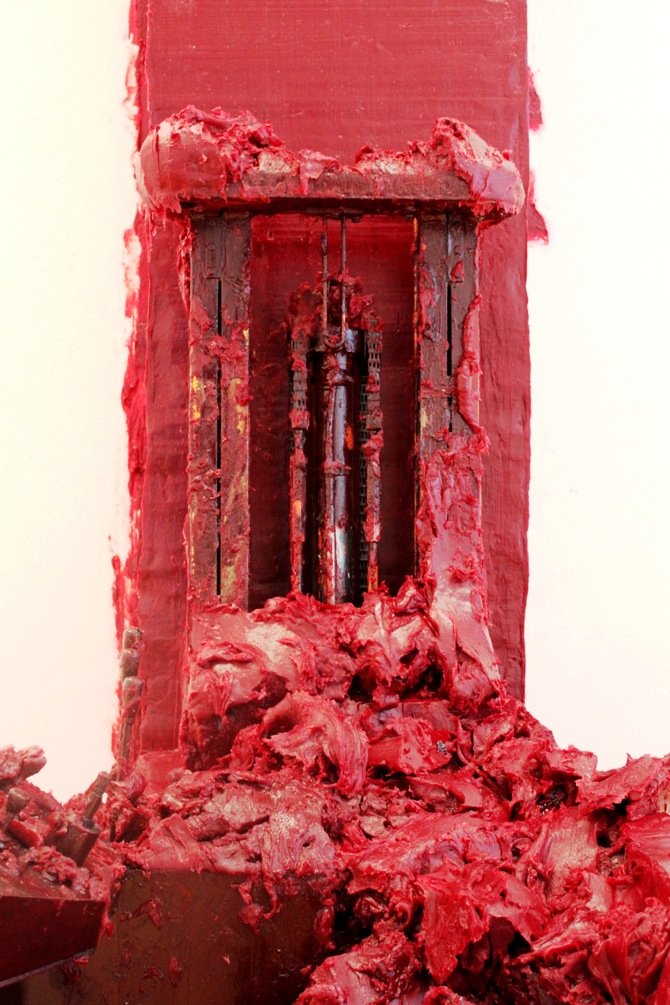 all images by Anneli Bootz / artfridge, courtesy Martin-Gropius-Bau and Anish Kapoor
all images by Anneli Bootz / artfridge, courtesy Martin-Gropius-Bau and Anish Kapoor 